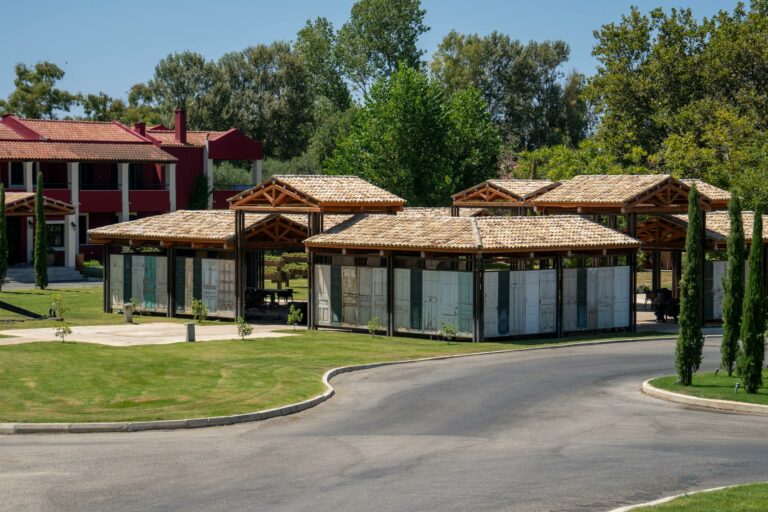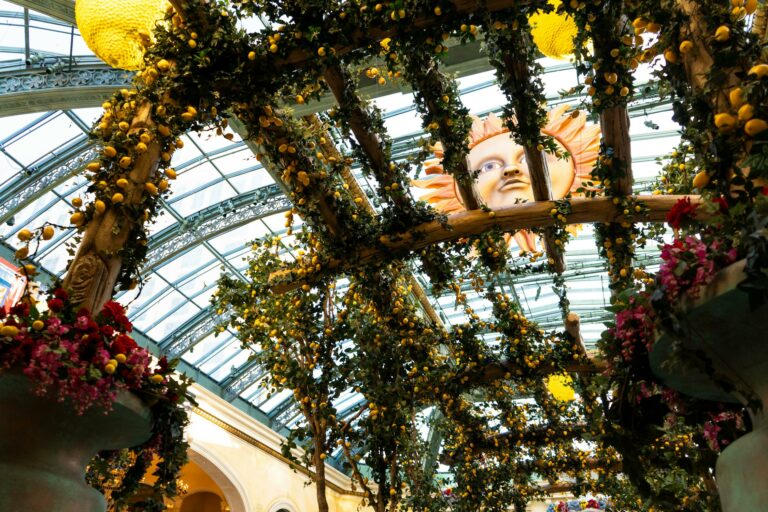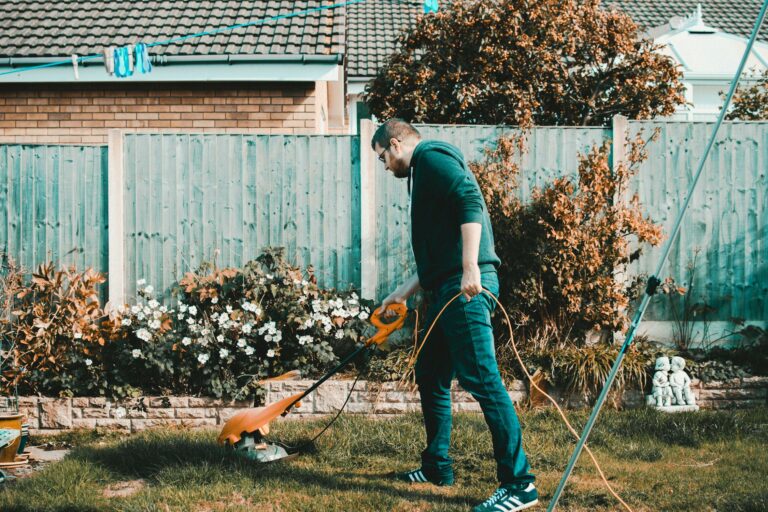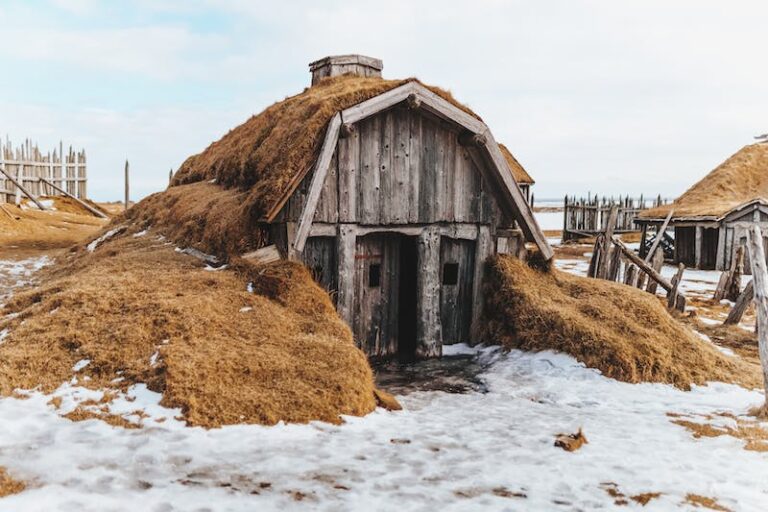Cast aside those jackets, Stouffville, for spring is finally here! We are in for months and months of warm weather here in Stouffville, and the average homeowner, landscaper and gardener could not be more pleased.
But what about our gardens? We here in Stouffville are known for great gardens, but how can we make them a little more environmentally friendly this year?
An environmentally friendly garden is a great way to show that one cares about the planet and want to do their part to protect it. By taking a few simple steps, ever citizen of Stouffville can create a beautiful and sustainable outdoor space that is safe for their family, their pets, and the environment. In this article, we will explore the benefits of having an environmentally friendly garden, as well as some tips for creating one. For those who don’t want to go through the hassle, remember to ask the professionals!
Benefits of having an environmentally friendly garden:
What’s the point of having an environmentally friendly garden? Why go through the trouble of putting one together? Well, here are a couple of reasons why the average homeowner, gardener or landscaper might want to put together an environmentally friendly garden:
- Protects the environment: An environmentally friendly yard helps to reduce the negative impact of traditional lawn care practices on the environment. For example, by avoiding the use of chemical fertilizers, pesticides, and herbicides, one can prevent these harmful substances from leaching into the soil and contaminating nearby waterways.
- Promotes biodiversity: By creating a diverse landscape that includes a variety of plants, trees, and flowers, one can attract a range of wildlife, including birds, butterflies, and other beneficial insects. This can help to promote biodiversity in the average homeowner, landscaper or gardener’s local ecosystem and support the health of the planet.
- Saves money: By using environmentally friendly practices, such as composting and collecting rainwater, the average homeowner, landscaper or gardener can reduce the amount of water and other resources that one uses in their yard. This can save one money on one’s water bill and reduce the need for costly lawn care products.
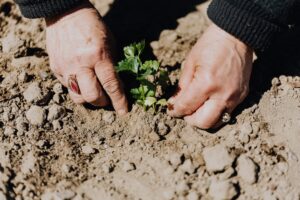
Creating an Environmentally Friendly Garden
Creating an environmentally friendly garden can be a rewarding and enjoyable experience for any homeowner, landscaper or gardener. It allows them to create a space that is both beautiful and sustainable, providing a habitat for native wildlife and reducing their impact on the environment. There are many ways to create an eco-friendly garden, from choosing the right plants and using organic methods to conserving water and reducing waste. In this half of the article, we will explore some of the key steps that the average homeowner, landscaper or gardener can take to create a garden that is both environmentally friendly and aesthetically pleasing.
Choose the right plants
Choosing the right plants is one of the most important steps in creating an environmentally friendly garden. Native plants are the best choice, as they are adapted to the local climate and require less water and maintenance than non-native species. They also provide food and habitat for local wildlife, helping to support the ecosystem. When selecting plants, look for those that are drought-tolerant, disease-resistant, and low-maintenance, as these will require less water and fertilizer.
Use organic methods
Using organic methods is another important step in creating an eco-friendly garden. This means avoiding the use of synthetic pesticides, herbicides, and fertilizers, which can harm wildlife and pollute the environment. Instead, use natural methods like composting, mulching, and companion planting to improve soil health and control pests. These methods are not only better for the environment, but they also promote healthier plants and reduce the risk of disease.
Conserve water
Conserving water is essential in an eco-friendly garden, especially in areas where water is scarce. There are many ways to conserve water, such as using drip irrigation, mulching, and collecting rainwater. Drip irrigation delivers water directly to the roots of plants, reducing water waste and minimizing the risk of disease. Mulching helps to retain moisture in the soil, reducing the need for watering. Collecting rainwater is another great way to conserve water, as it provides a free source of water for your garden.
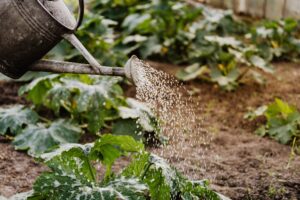
Reduce waste
Reducing waste is another important step in creating an environmentally friendly garden. This means composting organic materials like leaves, grass clippings, and food scraps, rather than sending them to a landfill. Composting not only reduces waste, but it also improves soil health, providing valuable nutrients for plants. Another way to reduce waste is to use natural materials like stone, wood, and clay in one’s garden design, rather than synthetic materials like plastic and concrete.
Provide habitat for wildlife
Providing habitat for wildlife is an important part of creating an eco-friendly garden. This means incorporating features like bird feeders, birdhouses, and insect hotels into one’s garden design. These features provide food and shelter for local wildlife, helping to support the ecosystem. One can also plant native plants that attract pollinators like bees and butterflies, which are essential for the health of the ecosystem.
Design for sustainability
Designing one’s garden for sustainability is another important step in creating an eco-friendly garden. This means using design principles like permaculture, which emphasizes sustainable, self-sufficient systems. Permaculture involves designing a garden that mimics natural ecosystems, with diverse plantings, minimal waste, and efficient use of resources. It also involves using renewable energy sources like solar power to power garden tools and appliances.

Reducing one’s carbon footprint
Reducing one’s carbon footprint is an important part of creating an environmentally friendly garden. This means reducing one’s use of fossil fuels by using hand tools and manual labor instead of gas-powered tools. It also means using renewable energy sources like solar power to power garden tools and appliances. Another way to reduce the carbon footprint of the average homeowner, gardener or landscaper is for them to grow their own food, reducing the need for transportation and packaging.
And so, this article about having an environmentally friendly garden has come to an end. We learned all about why one should have an environmentally friendly garden, and we also learned about all the ways in which the average homeowner, landscaper or gardener can make their garden more environmentally friendly. All that’s left is to do it! Remember, for all those who don’t want to deal with the hassle – the professionals are always willing to help out!
